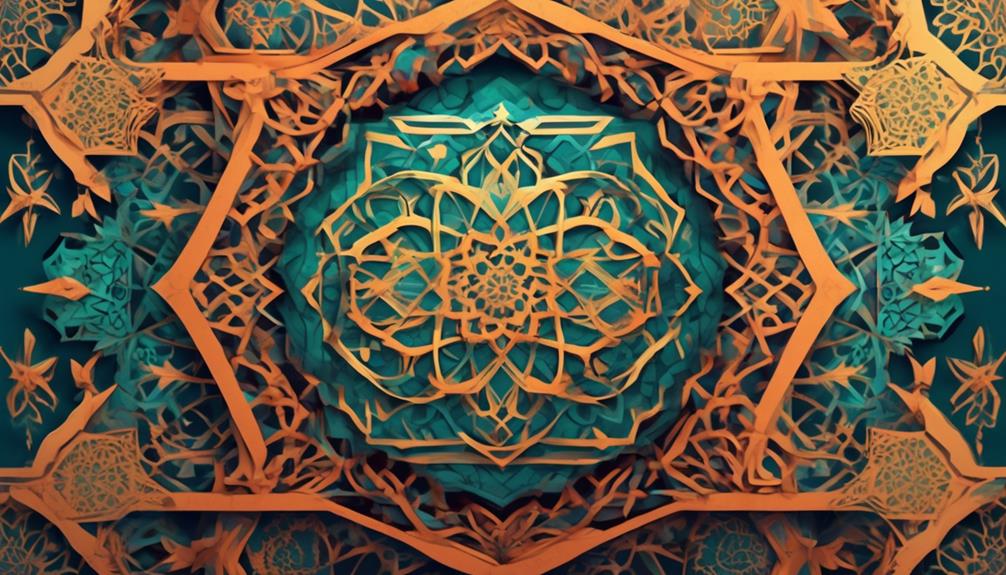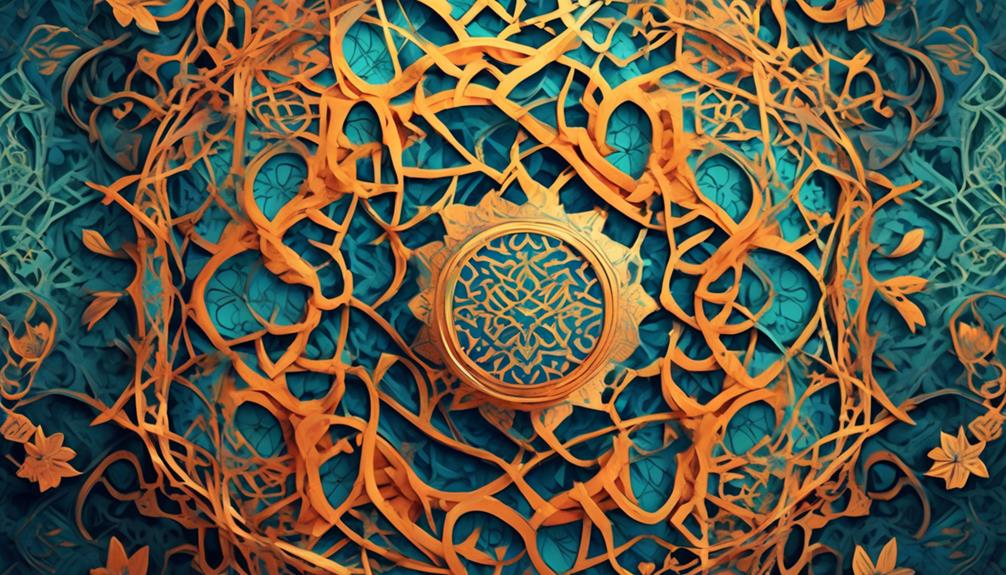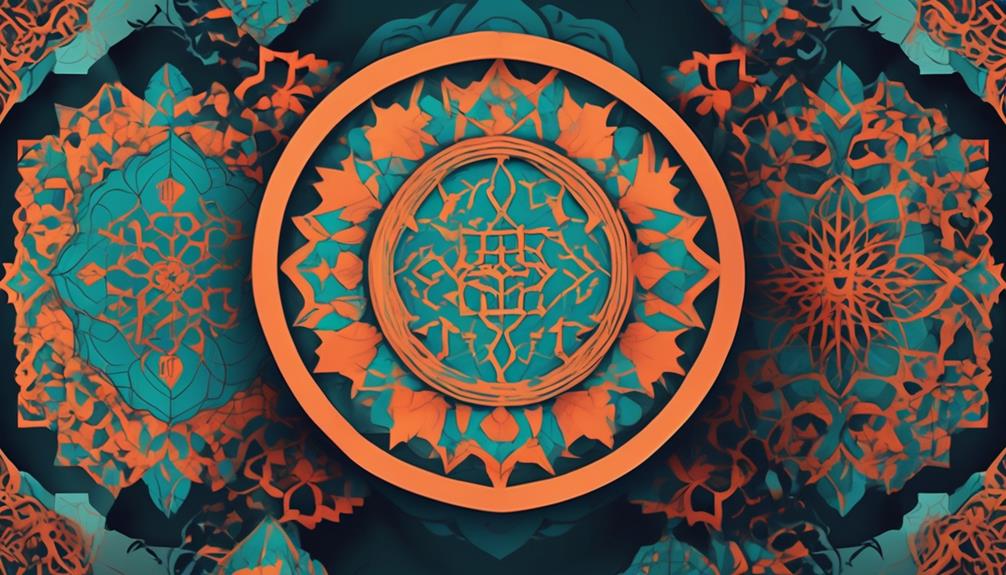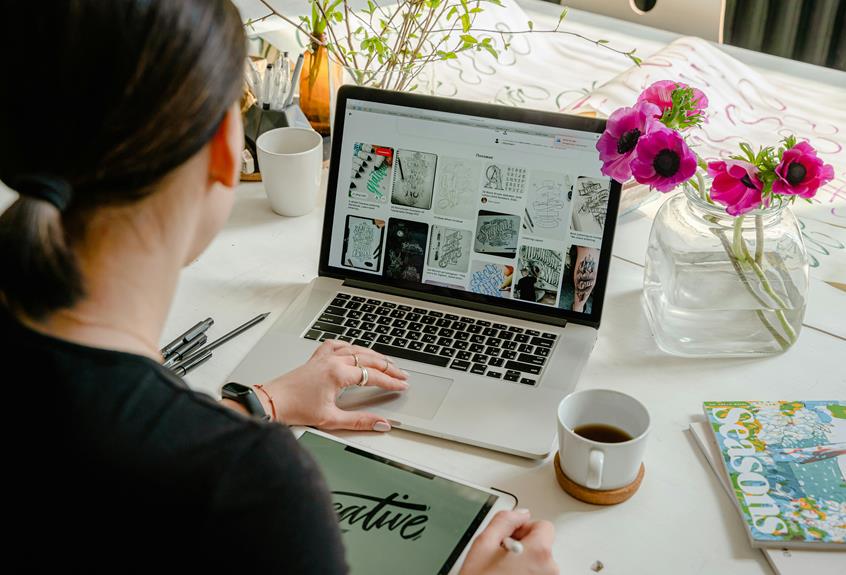In the ever-evolving world of web design, the incorporation of various art forms has become a powerful tool to captivate and engage users. Among these art forms, Islamic art stands out with its rich history and intricate designs.
With its roots deeply embedded in the cultural heritage of the Islamic world, the incorporation of Islamic art in modern web design not only adds aesthetic appeal but also carries a profound meaning. From the intricate geometric patterns to the mesmerizing calligraphy, the utilization of Islamic art elements can create a visually stunning and culturally immersive online experience.
In this discussion, we will explore the significance of Islamic art in web design, delve into the key elements that define this art form, and explore techniques for effectively incorporating Islamic art into modern web design.
The Significance of Islamic Art in Web Design

The incorporation of Islamic art in modern web design holds significant cultural and aesthetic value, enriching the user experience and creating a unique visual identity. Islamic art has a rich history that dates back centuries, and its influence can be seen in various art forms, including architecture, calligraphy, and geometric patterns. By integrating Islamic art elements into web design, designers pay homage to this rich heritage while also creating visually captivating and culturally meaningful websites.
One of the key cultural values that Islamic art brings to web design is its ability to foster a sense of unity and inclusivity. Islamic art is known for its emphasis on geometric patterns and repetitive motifs, symbolizing the interconnectedness of all things. By incorporating these elements into web design, designers can create a visual language that transcends cultural boundaries and resonates with a global audience.
Additionally, Islamic art is renowned for its intricate calligraphy, which often features verses from the Quran. By incorporating calligraphy into web design, designers can infuse websites with a sense of spirituality and contemplation. This not only enhances the user experience but also adds a unique and memorable element to the overall aesthetic.
Key Elements of Islamic Art for Web Design

Incorporating the key elements of Islamic art into web design allows designers to create visually captivating and culturally meaningful websites, while also paying homage to the rich heritage of Islamic art.
Islamic art is characterized by its intricate geometric patterns, calligraphy, arabesque designs, and floral motifs. These elements can be seamlessly integrated into web design to create a unique and visually stunning user experience.
One of the key elements of Islamic art is geometric patterns. These patterns, often based on mathematical principles, are used to create intricate and symmetrical designs. Incorporating these patterns into web design can add a sense of harmony and balance to the overall aesthetic.
Another important element of Islamic art is calligraphy. Arabic calligraphy is considered a sacred art form and is often used to convey religious verses and messages. By incorporating calligraphy into web design, designers can create a sense of reverence and spirituality.
Arabesque designs, characterized by their flowing and interlacing patterns, are also a key element of Islamic art. These designs can be used to create visually appealing backgrounds or decorative elements in web design.
Floral motifs, inspired by the natural world, are another prominent feature of Islamic art. By incorporating floral patterns and imagery into web design, designers can create a sense of beauty and tranquility.
Techniques for Incorporating Islamic Art in Modern Web Design

To effectively integrate Islamic art into modern web design, designers can employ various techniques that showcase the intricate geometric patterns, calligraphy, arabesque designs, and floral motifs characteristic of Islamic art.
One technique is the use of geometric patterns, which can be incorporated into the layout, backgrounds, and borders of websites. These patterns can be created using CSS or SVG code, allowing for flexibility and scalability.
Another technique is the integration of calligraphy, which is a fundamental element of Islamic art. Designers can use Arabic calligraphy to highlight important text or headings, creating a visually striking effect.
Arabesque designs, known for their intricate and flowing nature, can also be utilized in web design. These designs can be incorporated into backgrounds, navigation menus, or as decorative elements.
Finally, floral motifs, often found in Islamic art, can be incorporated into web design through the use of floral patterns or illustrations. These can add a touch of elegance and beauty to the overall design.
Frequently Asked Questions
What Are the Best Software Tools for Incorporating Islamic Art in Modern Web Design?
To incorporate Islamic art in modern web design, the best software tools include Adobe Illustrator for creating intricate patterns, Photoshop for editing and enhancing images, and Sketch for designing user interfaces with a focus on aesthetics and functionality.
Are There Any Specific Color Palettes That Are Commonly Used in Islamic Art for Web Design?
Commonly used color palettes in Islamic art for web design include vibrant hues such as deep blues, rich greens, warm yellows, and earthy browns. These colors are inspired by natural elements and the intricate patterns found in Islamic art.
How Can I Ensure That My Website's Layout Reflects the Principles of Islamic Art?
To ensure that a website's layout reflects the principles of Islamic art, focus on incorporating geometric patterns, calligraphy, and symmetrical designs. Use muted colors, avoid human and animal depictions, and maintain a minimalist aesthetic to create a harmonious and culturally sensitive visual experience.
Are There Any Restrictions or Guidelines When It Comes to Incorporating Calligraphy in Islamic Art for Web Design?
When incorporating calligraphy in Islamic art for web design, it is important to adhere to certain guidelines and restrictions. These may include using appropriate fonts, ensuring proper placement and alignment, and respecting the cultural significance of the text.
Can You Provide Examples of Well-Known Websites That Successfully Incorporate Islamic Art in Their Design?
There are several well-known websites that successfully incorporate Islamic art in their design. Examples include the websites of the Metropolitan Museum of Art, the British Museum, and the Louvre Abu Dhabi. These websites showcase the beauty and cultural significance of Islamic art in a modern and accessible way.
Conclusion
Incorporating Islamic art in modern web design is a significant way to honor and celebrate the rich cultural heritage of Islamic art. By understanding and incorporating key elements of Islamic art, web designers can create visually stunning and culturally meaningful websites.
Techniques such as calligraphy, geometric patterns, and arabesque designs can be used to create a visually appealing and immersive web experience. Embracing Islamic art in web design provides an opportunity to bridge the gap between tradition and modernity, promoting cultural inclusivity and appreciation.

